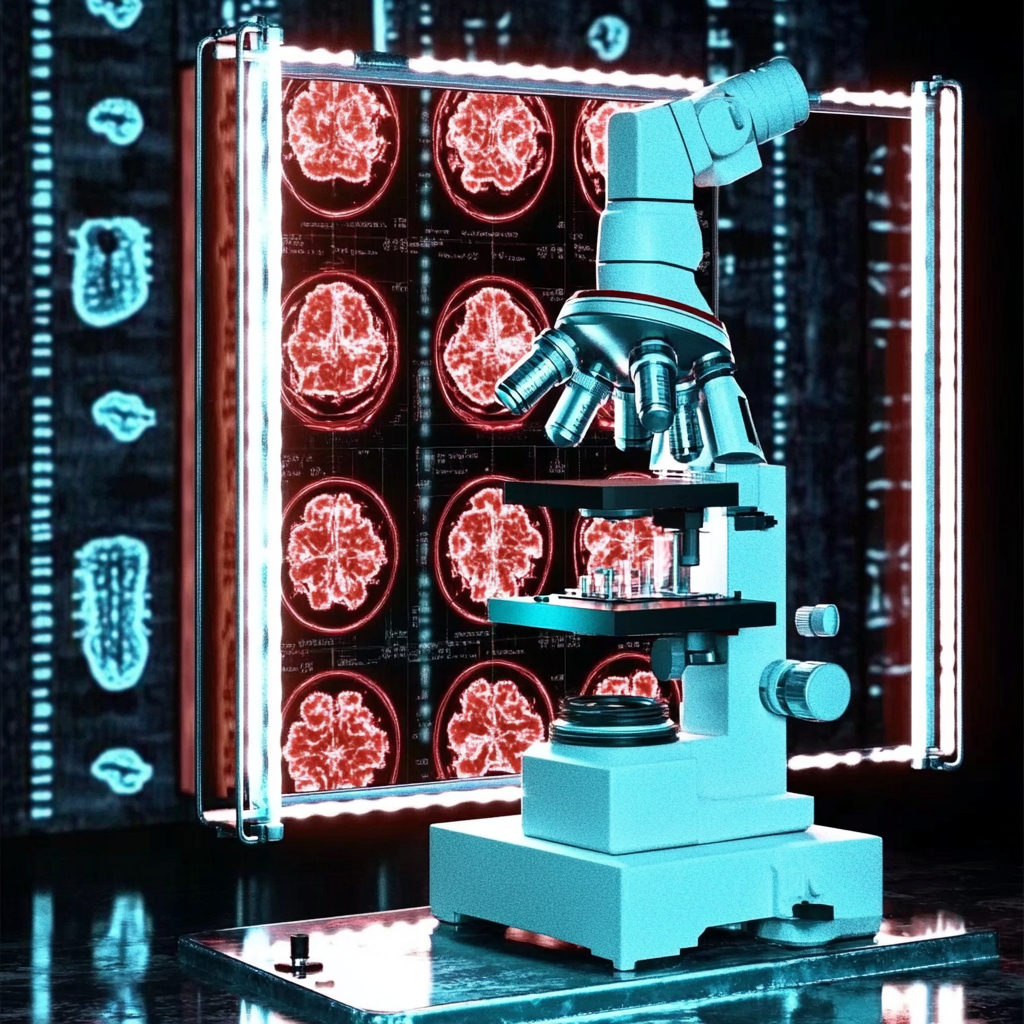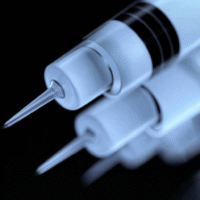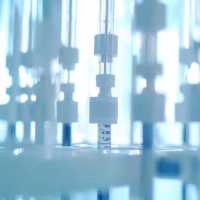Understanding Laser Treatment for Jaw Pain
This research studied how laser therapy, an occlusal splint (a dental device), and a combination of both can help people with jaw pain known as temporomandibular disorder (TMD).
What the Study Found
- Effective Treatments: Both the laser therapy alone and the combination with the splint showed significant pain relief.
- Better Results with Combination: Using both the laser and the splint together was more effective in reducing pain in the first two weeks than just the splint alone.
- Improved Movement: Participants using the laser therapy had better jaw movement after treatment compared to the splint group.
- Quality of Life: Everyone reported feeling better, but those receiving laser therapy had a larger improvement in their quality of life ratings.
How This Helps Patients and Clinics
This study shows that laser therapy can be a powerful option for treating jaw pain. Therefore, clinics can effectively help patients find relief and improve their overall quality of life.
Real-World Opportunities
- Hospitals and doctors can start offering laser therapy for patients with TMD.
- Clinics can combine laser treatment with traditional dental devices to enhance results.
What Clinics Should Track
After applying these findings, clinics should monitor:
- Patient pain levels before and after treatments using a simple pain scale.
- Jaw movement improvement through patient assessments.
- Overall quality of life indicators reported by patients.
AI Tools for Enhanced Patient Care
Clinics can consider using AI-based tools to:
- Analyze patient data for customized treatment plans.
- Monitor treatment progress and make adjustments as needed.
Step-by-Step Plan for Clinics
- Start Small: Begin by offering laser therapy for a few patients to evaluate results.
- Educate Staff: Train the team on how to use the laser equipment and explain the benefits to patients.
- Gather Data: Use patient feedback to track pain relief and quality of life improvements.
- Expand Services: If results are positive, incorporate laser therapy into your regular offerings for TMD.
Learn More
For more detailed information about this study, you can explore the original research [here](https://doi.org/10.1007/s10103-025-04565-x).
























